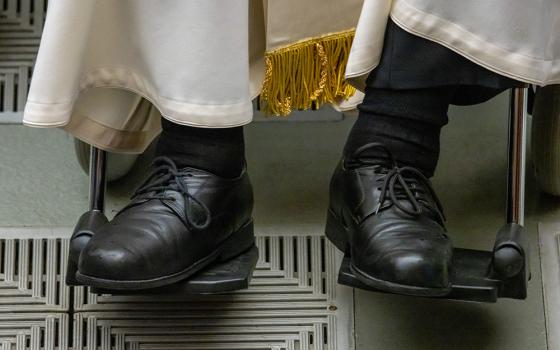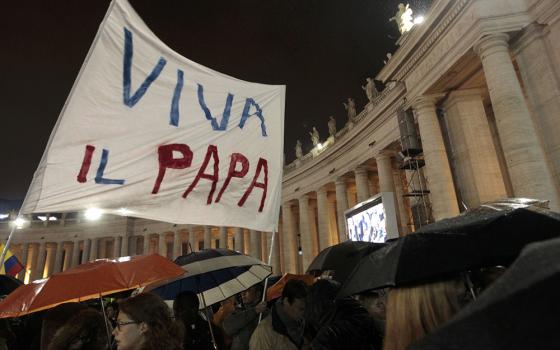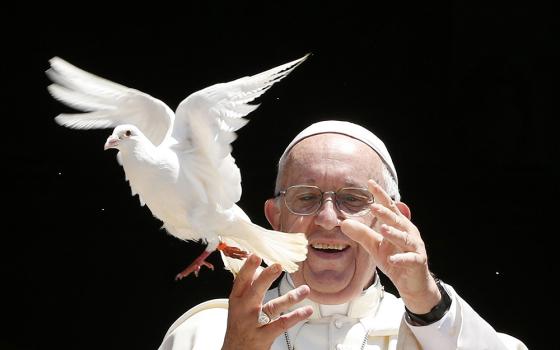
(Pixabay/Matthias Böckel)
Now really, what do radishes have to do with love notes?
The small red globes denote warm, summer days, a tangy taste from the garden. The eye is drawn to the red roots, nestled in green leaves. Only after, does it notice the crazy swirl of their thin, white, ancillary roots. Could it be that these roots scribble something or other across the red radishes? If so, what?
The thin roots dash here and there, looking like something a small child might do. With fingers unused to pencils, she bends over paper and scribbles happily. No teacher in sight, no alphabet charts lining a classroom and no Palmer Method. Scribbling away with innocent intent, she writes a love note with radishes. Signifying joy.
Even as she writes, there is no joy in Uvalde, Texas, where 19 innocents like her were slaughtered. And two teachers who cared for them. All the love notes say our hearts are broken. As I wrote this, we were not finished laying to rest our dead in Buffalo. And here in my hometown, the youngest of them was brought to the Church of the Assumption.
All the love notes say our hearts are broken.
Even in the face of hate, the love notes continue, yesterday, today and tomorrow.
The monk in his scriptorium bends over a single page of the Book of Kells. He spends a lifetime transcribing the Gospels by![]()
![]()
![]() hand, page by illuminated page, in colored inks with intricate knots and complex spirals. All to inspire a compassionate life in those who read, an imitation of Christ. It is the monk's love note to his Savior, to the child in himself, in us and children everywhere.
hand, page by illuminated page, in colored inks with intricate knots and complex spirals. All to inspire a compassionate life in those who read, an imitation of Christ. It is the monk's love note to his Savior, to the child in himself, in us and children everywhere.
While children play and children die, the poet Elizabeth Barrett stretches out on her couch in a gloomy London household. An invalid of sorts, she is made more infirm by a father who would keep her like a child there forever.
She will have none of it. With a lapful of parchment, Elizabeth writes in white heat, a love note to Robert Browning. She will give voice to every last dimension of her longing.
How do I love thee? she asks.
And then puts the answer bold before him. I love thee to the depth and breadth and height my soul can reach ... by sun and candlelight.
Advertisement
The monk in the dark scriptorium illuminates the letters CHRIST. The Crucified One. He who long ago asked the same question: How do I love thee? And from the cross answered: This is how.
And red radishes, with white ancillary roots 3 inches long? What love note do they scribble? What words for us in desolate times?
![]() First, consider the lengths you would go for love. Day by day, make a note of these, the lengths you have gone and continue to go. All for love.
First, consider the lengths you would go for love. Day by day, make a note of these, the lengths you have gone and continue to go. All for love.
Then stand very still and consider your roots, the depths you have gone for love. And continue to go.
The heart of you, all for love.







